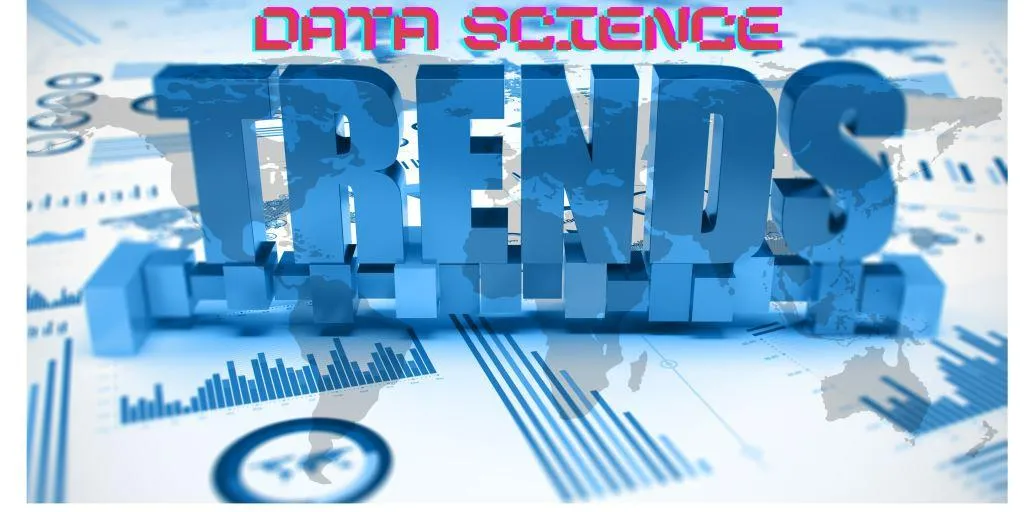
There is nothing constant in our lives. Over the years, we’ve seen how businesses have become more modern, adopting the latest technology to boost productivity and increase the return on investment.
Data analytics, Big Data, Artificial Intelligence, and Data Science are the trending keywords in the current scenario. Enterprises want to adopt data-driven models to streamline their business processes and make better decisions based on data analytical insights.
Let’s further discuss about some top key trends in upcoming years:
1) USAGE OF PYTHON
While data and analytics have historically used R as their primary coding language, the shift towards a more user-friendly focus has led to a greater focus on Python. Python has the automatic ability to associate matching types of data, which can prove invaluable for streamlining data analysis.
This diversity of Python also ensures that all your data analysis can be written in the same language, from machine learning models to block chain applications.
2) GROWING WAVE WITH INCREASING SLOPE OF DIGITAL TRANSFORMATION
The data is the new currency in the era of digital transformation. It goes in hand with Artificial Intelligence Machine Learning, Internet of Things and big data. With all these automations, also come a great responsibility to deal with data and how smartly it can be utilized. We still got to learn a lot from this wave of digital transformation to better understand and process the looming arrival of quantum computers.
3) PREDICTION USING GRAPH ANALYTICS
Data Scientists analyze the big data and categorize everything as per the business requirement. After filtering the data, predictions are made and with the help of this predictive analysis done on data gathered, they predict the customers’ behavior using graph technologies. Graph technologies have been used as a way to explain and interpret data since its foundation. Graphs are an effective way of drawing parallels and similarities between audiences and products without having to translate the data into code beforehand, thus cutting out a time-intensive part of the data analysis process. This helps the businesses come up the smarter and improvise strategies to target new customers, while better serving the current customers at the same time.
4) CUSTOMER PERSONALISATION
Data discovery by artificial intelligence will help in mining of data for analytics and suggest what’s new, interesting and different and also data science will focus on pinpointing the right moment and the right platform on which to capture a potential customer and bring them on board. This makes customer to have a personalized user experience.
5) AUGMENTED DATA MANAGEMENT
Augmented data management is the application of AI to enhance or automate data management tasks. Potential in applying augmented data management to support and accelerate the tasks are;
# Data quality: Identifying and resolving data quality issues and suggesting data quality rules based on existing datasets and running them.
# Metadata Management: Labelling, classifying and searching data and deriving the metadata model and metadata rules from datasets.
# Master Data Management: Identifying and evaluating potential master data. Automatically generating a master data model, mapping data entities and configuring a MDM hub.
Finally, with the current scenario of pandemic disrupting industries around the world, SMEs and large enterprises had no option but to adapt to the changes in less time. This led to increasing investments in data analytics and data science and in every organization data has become a major concern.
Relevant Courses You May Be Interested In:
Data Science Specialization Course
Machine Learning, Data Science, and Deep Learning with Python
Certified Big Data Professional
IBM Data Science Professional Certificate







